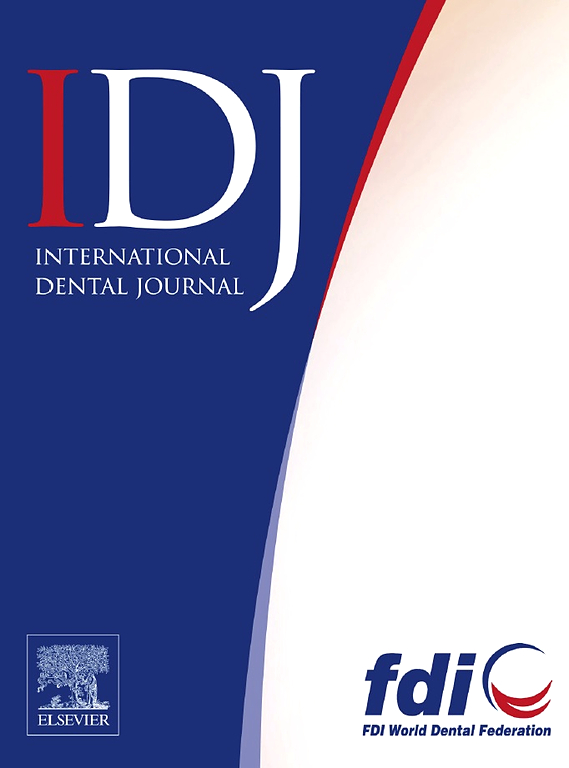Retrospective Cross-Sectional Study of Quadratic-Linear Correlations Between Cephalometric Measurements and Profile Esthetics in Adult Orthodontic Patients
IF 3.2
3区 医学
Q1 DENTISTRY, ORAL SURGERY & MEDICINE
引用次数: 0
Abstract
Introduction and aims
Modern orthodontics prioritises the soft tissue paradigm as the main treatment goal. This study used quadratic and/or linear regression to identify cephalometric variables related to profile attractiveness, expanding on previous bivariate analyses.
Methods
This retrospective cross-sectional study comprised 180 post-treatment lateral cephalograms of 18 to 37 year-old orthodontic patients, equally distributed among 3 profile types (concave, straight, and convex), each comprising 60 cases with balanced sex representation. Profile silhouette attractiveness score (dependent variable) was rated by 30 orthodontists and 30 laypeople using a 5-point Likert scale. Cephalometric parameters (105 independent variables) were analyzed using Dolphin and ImageJ software. Factor analysis identified closely related variables, and 41 selected cephalometric variables were used in correlation and multiple regression analyses to explore their relationships with attractiveness scores separately for orthodontists and laypeople using the R programming language.
Results
Quadratic correlations were stronger than linear in both groups' perspectives. For laypeople, throat length (linear), facial contour angle, interlip angle, mentolabial angle, and lip-chin-throat angle (quadratic) significantly correlated with attractiveness scores. For orthodontists, nasolabial angle and throat length (linear), upper lip position to facial plane, mentolabial angle, and lip-chin-throat angle (quadratic) significantly correlated with attractiveness scores. Combined quadratic-linear regression models yielded adjusted R2 = 0.5628 for laypeople and adjusted R2 = 0.5241 for orthodontists.
Conclusion
Soft tissue cephalometric variables, including throat length, mentolabial angle, and lip-chin-throat angle, should be the key treatment goals for esthetic facial profiles. Facial contour and interlip angles are also important to laypeople.
Clinical Relevance
Orthodontists should focus on modifying the soft tissue cephalometric variables of the lower face area to improve the patient esthetics.
求助全文
约1分钟内获得全文
求助全文
来源期刊

International dental journal
医学-牙科与口腔外科
CiteScore
4.80
自引率
6.10%
发文量
159
审稿时长
63 days
期刊介绍:
The International Dental Journal features peer-reviewed, scientific articles relevant to international oral health issues, as well as practical, informative articles aimed at clinicians.
 求助内容:
求助内容: 应助结果提醒方式:
应助结果提醒方式:


